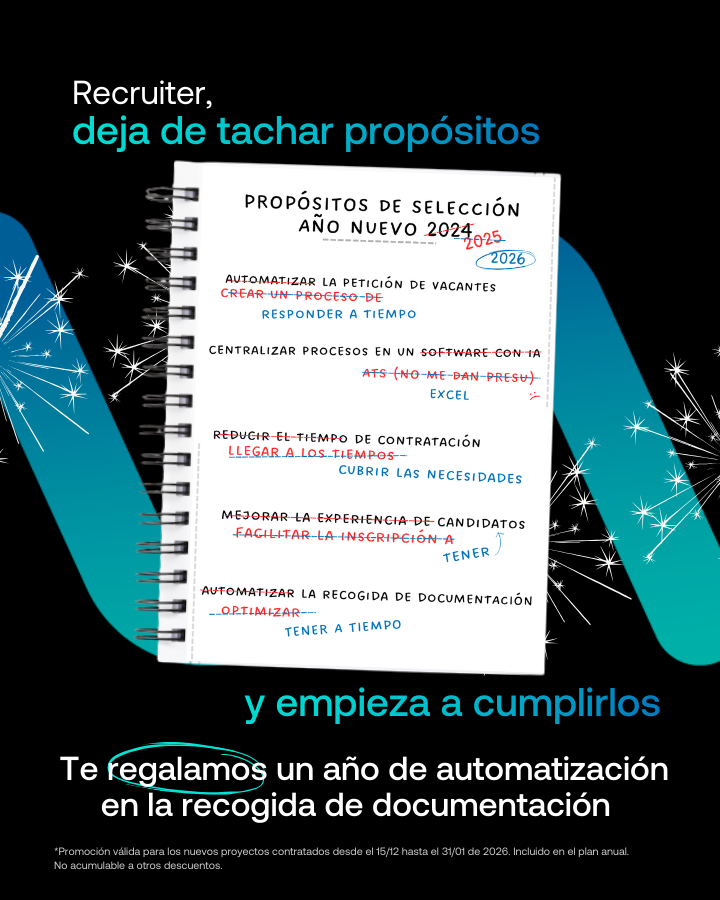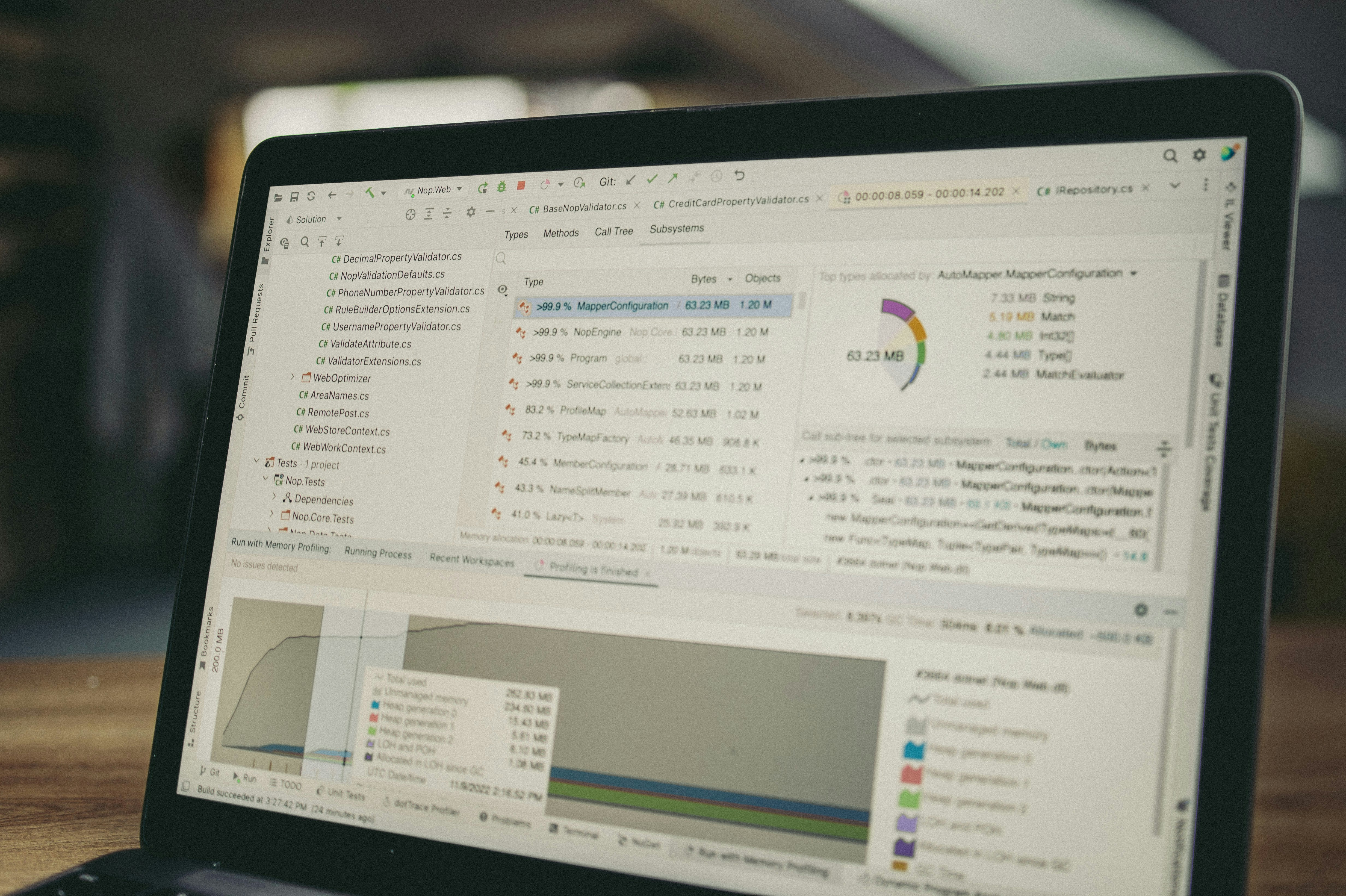People Analytics. Key metrics and KPIs.
.jpg)
It is a fact that human resource management has evolved significantly in recent years. It's no longer just about hiring and managing employees, but about making strategic decisions based on data to drive company growth and success. If you are a leader in your organization or you occupy any other role related to employee management, you are surely interested optimize your processes and make informed decisions. This is where the People Analytics strategy comes into play.

What is People Analytics?

The People Analytics strategy is a powerful tool that uses data and analysis to make smarter decisions related to employees. But what are the metrics and KPIs that you should consider to achieve better results and align your efforts with your company's objectives? Here's a list of key metrics in four key areas:
Recruiting 🔎
• Average hiring time. This metric allows you to evaluate how long it takes to recruit a new employee. A shorter hiring time may indicate greater efficiency in the process.
• Sources of recruitment. Identifying where your best candidates come from will help you focus your efforts on the most effective sources.
• Hiring conversion rate. Measure how many candidates become employees. A high conversion rate suggests an efficient selection process.
• Reasons for refusing candidates. Understanding why candidates are rejected can help you improve your selection process.
• Average time of incorporation. Evaluate how long it takes for a new employee to achieve full productivity.
• Cost of hiring. Calculate how much you invest in the hiring process, from posting offers to onboarding the employee.
Talent management 👥
Average length of stay in the company. Measure how long employees decide to stay with your organization.
• Rotation rate. Evaluate how many employees leave the company in a given period of time.
• Diversity. Keep track of the diversity in your workforce, which is essential for creating an inclusive environment.
• Employee satisfaction. Use surveys and feedback to measure employee satisfaction and engagement.
• Wage evolution and competitiveness ratio. Analyze how your employees' salaries evolve compared to the market and the competition.
Productivity and activity 📊
• Absenteeism from work. It measures the number of work days lost due to unscheduled absences.
• Overtime. Assess if your employees are working beyond their regular hours and how this affects productivity.
• Employee productivity. Use performance metrics to understand how your employees are contributing to the company's success.
Internal processes ⚙️
• Onboarding and offboarding duration. How long it takes to onboard new employees and disengage those who leave.
• Performance evaluation. Assess how your employees are performing and if the objectives are being met.
• Work environment. Conduct surveys to measure the work environment and employee satisfaction.

Why Is people analytics important?
.png)
Implementing a People Analytics strategy and constantly monitoring these metrics and KPIs can provide you with deep insight into your workforce and help you make informed and strategic decisions. Data analysis in human resources is an essential tool for boosting the success of your company and keeping your team motivated and engaged. Harness the power of data to build a stronger future of work!
.jpg)
Fulfill your selection purposes
Recruiter, fulfill your recruitment purposes in 2026 with the help of Velora. And as a gift, a free year on automatic document request.

Related articles
More articles to inspire your HR strategy









